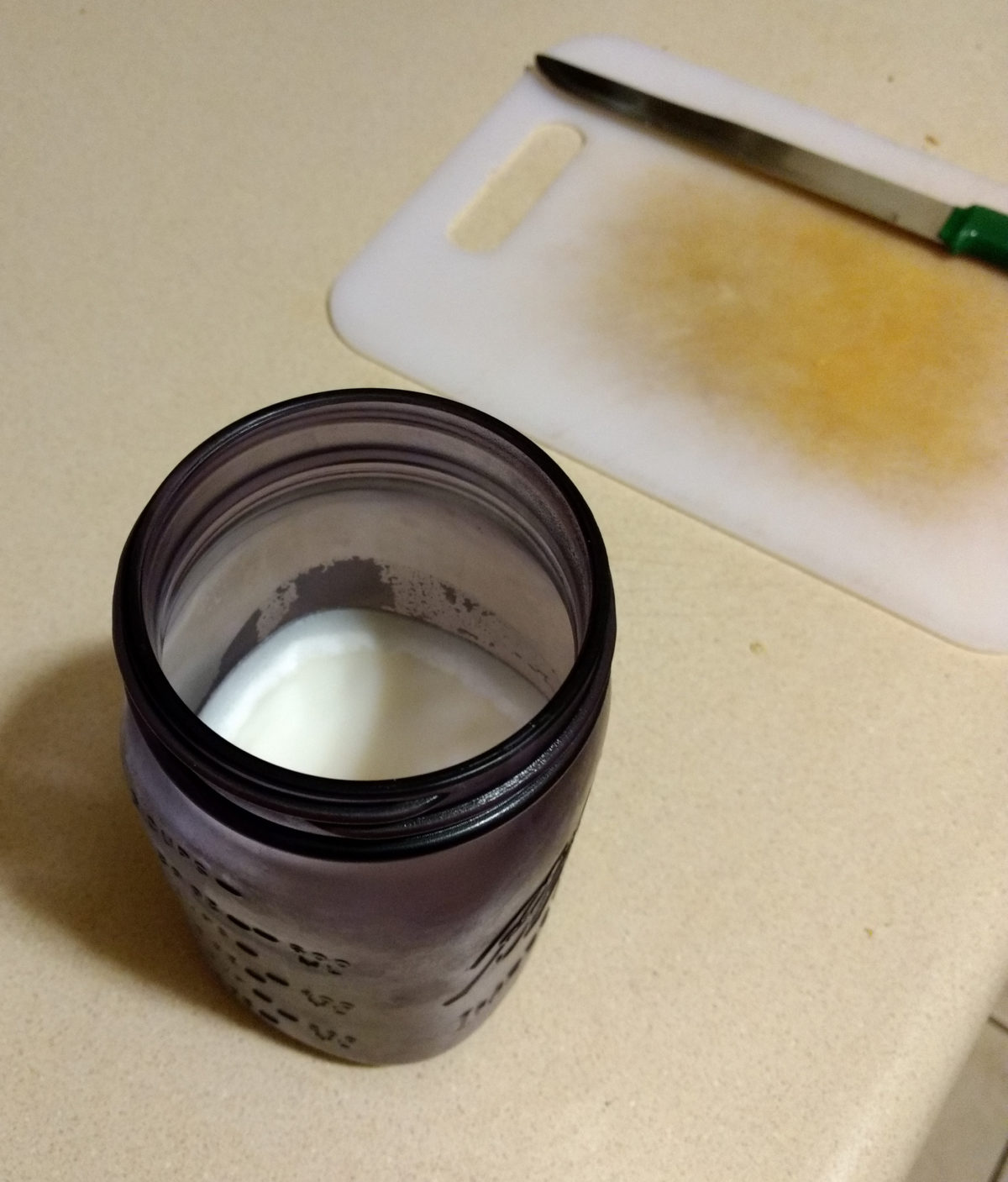I am daunted by stuff like this recent article in Paleo Magazine: Does Coconut Oil Really Cause Heart Attacks? which makes the case that polyunsaturated vegetable oil is dangerous stuff to eat, and that the statistical associations that seemed to suggest that it was safer than saturated fat were an artifact of other dietary changes going on at the same time that the public was being pushed to switch to vegetable oils:
Though saturated-fat-intake data used in these trials are absent from most of the publications, historical data do show that the average person’s diet was higher in margarine and shortening than it was in butter, lard, and tallow. One must consider that most, or possibly all, of the 1970s-era studies showing a supposed benefit of adding PUFAs are actually evidencing the benefit of cutting out trans fat.
It is annoying that the research studies done to date do not seem to have been constructed to resolve this question, leaving us stuck trying to figure out statistical correlations and hypothesize about cause and effect based on how different fatty acids are metabolized in the body.
Lacking the skills with either statistics on the one hand and biochemistry on the other, I can’t figure this out for myself. And yet, it is literally a matter of life or death.
However, there is another way to get at the question, the strategy suggested by Michael Pollan in In Defense of Food. There are many traditional diets that have been eaten all over the world by millions of people for thousands of years, and the people who have eaten them have thrived.
There are also diets that were eaten by people who did not thrive—the standard American diet for one, but also many others. (In particular, it seems that many early agricultural societies go through a period when agriculture starts producing enough calories through a single staple crop to push the population high enough that it’s not possible to get the full range of necessary nutrients from other available foods. In the archeological record you see people shrinking and signs of various degenerative diseases not present in other populations.)
By looking at the vast range of diets that lead to thriving, I am convinced that it’s not that hard to eat a healthy diet, and that simply going for whole foods gets one most of the way there.
I am convinced enough that, despite being a picky eater from way back, I have been expanding the range of things I eat more and more, trying to add whole foods and delete processed foods. I give a nod to paleo eating—speculating about what cavemen ate and how they prepared it is at least fun and may even offer some useful guidance on how to eat, especially for people who have dietary issues that they’ve been unable to resolve with simpler strategies—but I have not given up dairy or grains or legumes.
Trying to eat whole foods has significantly increased the amount of saturated fat in my diet. I just about don’t use polyunsaturated vegetable oil in my own cooking—it is, after all, a quintessentially processed food—and I eat very little food cooked by other people (except Jackie).
I suppose the fats I do eat and cook with—olive oil, butter, and lard—are all “processed,” but those processes (pressing, churning, rendering) are processes that people have been using for a very long time indeed. The number of people who have eaten those fats and thrived over the past 5000 years (that we know of, and probably a multiple of that in fact) is large enough to give me some confidence that these foods are safe to eat.
So far that’s the best I’ve been able to come up with.


